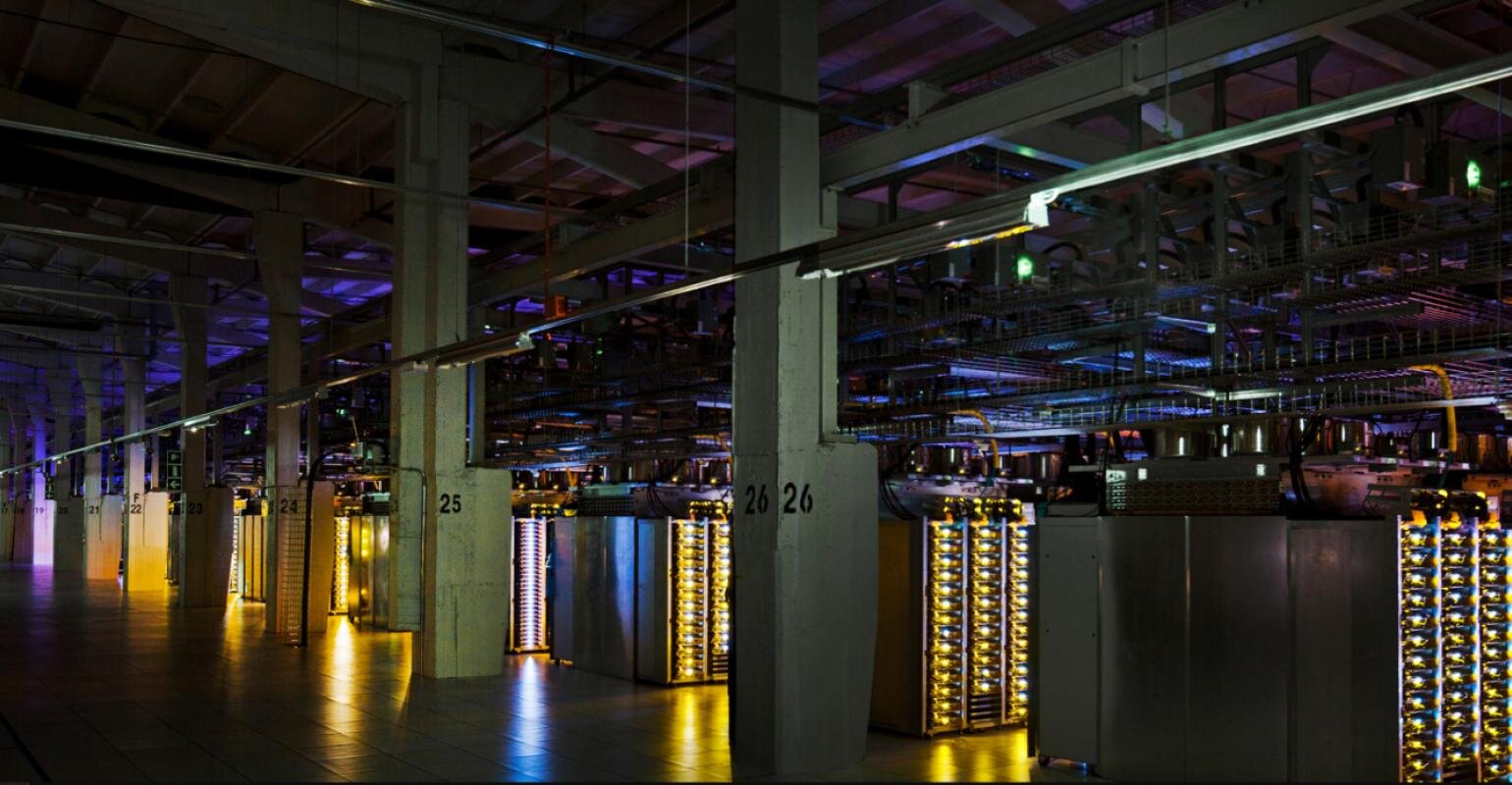Power… Volts, amps, phases, redundancy, kW vs. kVA… Colocation providers never quote it the same and you almost always pay for more than you need. Or you’ve paid for too little and now you have a mess of new circuits and additional PDU’s, it’s all on separate terms, you’re still paying too much and there is no exit strategy.
That is the problem, but how did we get here? In the telco days it was easy, if you asked for 20 Amps the only question was AC or DC. In North America the Assumption was 120 Volts, despite significant inefficiencies this standard has remained prevalent, however the tradition is slowly starting to fade. Without going into confusing power calculations, using the highest voltage available is widely regarded as the most efficient means to deliver power. The emerging standard for data centers in North America is 240V, which requires less wiring, smaller step-down transformers, is less costly to implement and provides a better Power Usage Effectiveness (see our recent article on PUE).
Most modern information technology equipment is designed to operate at 100V to 250V to accommodate North American 120/208V, Japanese 100/200V, and 230V used in the rest of the world to allow for worldwide power compatibility. You no longer need to be concerned with whether or not your equipment is compatible but can rest easy with the knowledge it operates more efficiently at higher voltages reducing your power utilization. Now the only thing you need to worry about is finding a colocation provider that allows you to take advantage of those efficiencies.

At Coloware our standard deployment is 20A 240V 3-phase A+B (with redundant UPS’s and Generators) delivered to every cabinet, it doesn’t matter if you need 2kW or 12kW we price our power based on a minimum commitment and if you need to grow the capacity is already there. We are doing our best to provide power more like a service with easily accessible information on utilization statistics as well as the ability to scale up and down on demand. If you are out there trying to compare power deliveries between different providers, remember to always ask for
-
Maximum available power
-
Minimum power commitment
-
How will the price change if I need to expand
-
Try to think in terms of price per kW (don’t forget to include the cabinet price).
-
And finally, don’t be afraid to ask for clarification on redundancy. A+B can mean many things, different breaker feeds, redundant UPS, Generators or even substations!



